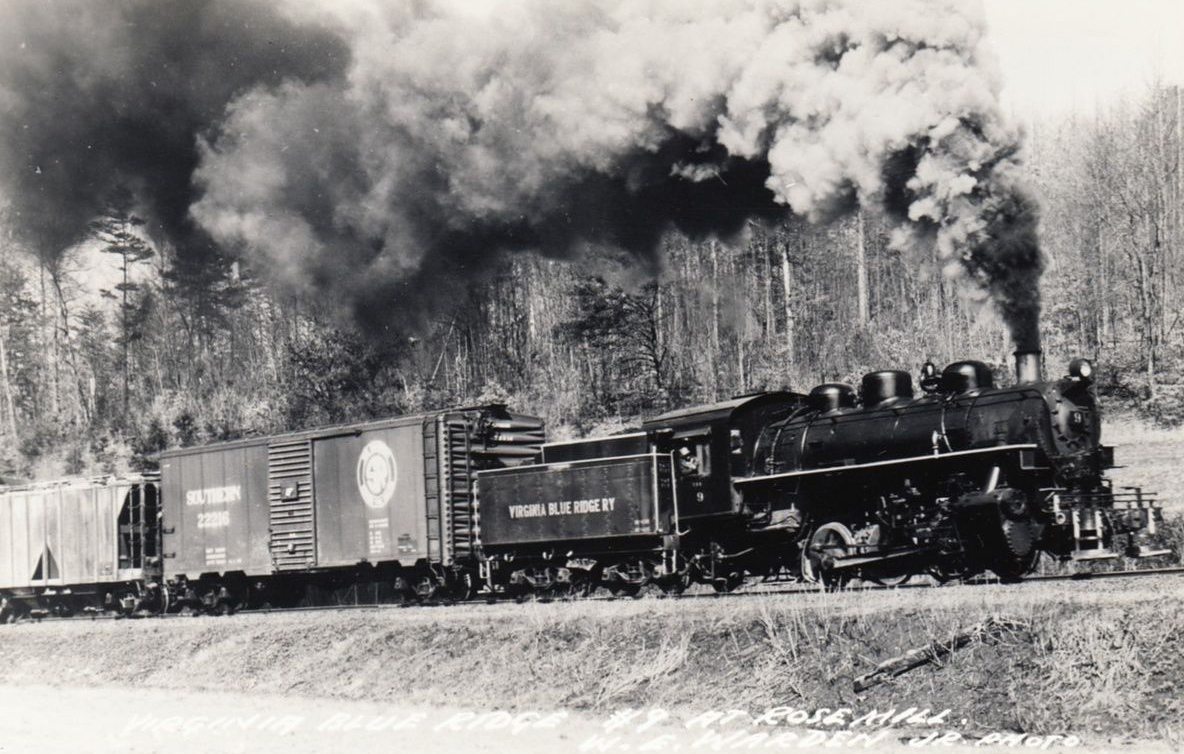
NickD
MegaDork
7/7/22 12:25 p.m.
Those US Army 0-6-0s, like the one that SMS Rail Lines is going to operate, are an aesthetically unusual engine. They're pretty bulky-looking and they have a massive front and rear overhang past the drive wheels, the smokebox door is above center, and they have a big single-stage air compressor tucked down on the pilot deck.
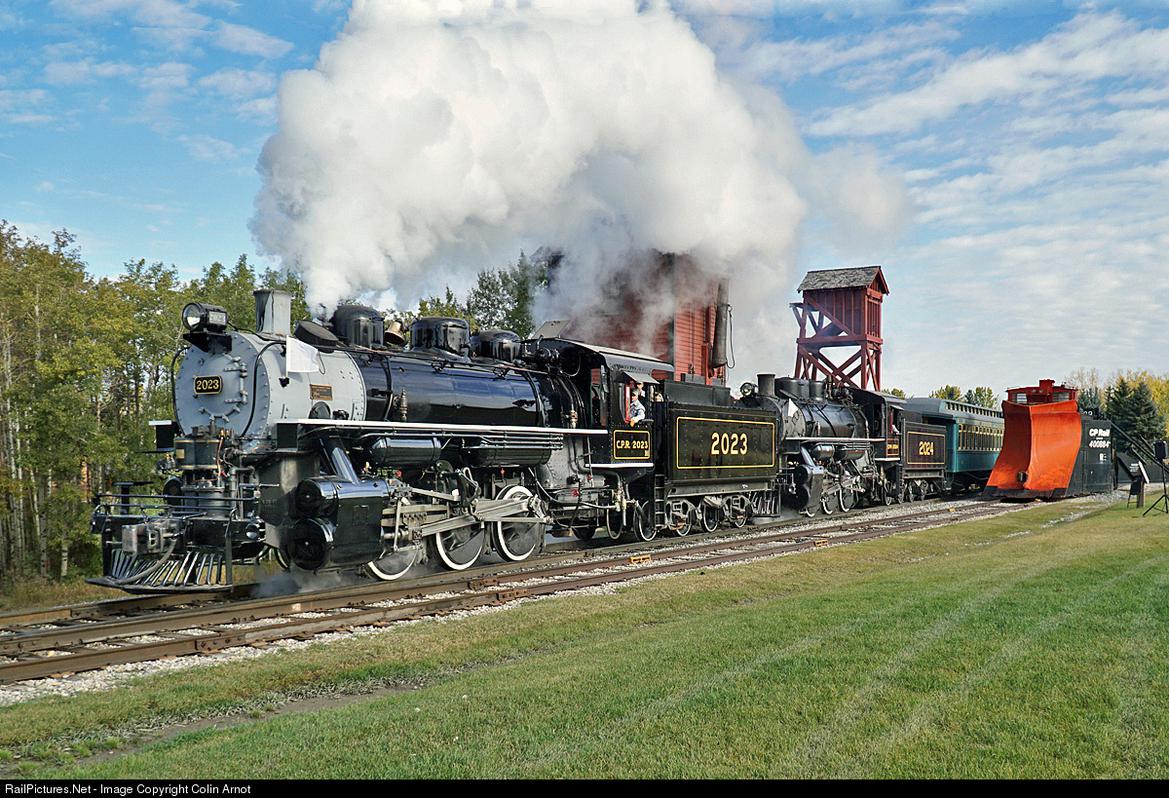


NickD
MegaDork
7/7/22 12:46 p.m.
SMS #9 is a well-traveled machine. It was part of a batch of Alco-built 0-6-0s constructed for the US Army in 1943, as #4032. It spent time at both Fort Dix and Fort Eustis through World War II and the Korean War, being renumbered to #614 in 1954, and then was sold to the Virginia Blue Ridge Railway in 1958. Virginia Blue Ridge already had three other US Army 0-6-0s, and the #4032/#614 arrived at the same time as U.S. Army #4038/#618. The #4038/#618 was put in service immediately as Virginia Blue Ridge #8, while the #4032/#614 was numbered to VBR #9 and wouldn't enter service until 1961. The #9 hauled the final steam freight train over the Virginia Blue Ridge Railway in 1963, and then was retired. In 1967, the New Hope & Ivyland purchased VBR #9 and shipped it to New Hope, PA where it was operated alongside of their Canadian National 4-6-0, #1533, intermittently throughout the 1966 and 1969, then was taken out of service in 1970. It was revived in 1976, and ran until 1981, and then it was parked out behind the shops and languished for years. In the mid 1990’s, NH&I put #9 up for sale, with no takers, but after sitting for several more years in New Hope, it caught the eye of SMS Rail Lines President Jeff Sutch, since he and several other SMS Rail Lines employees had spent time on the NH&I and some particularly on #9. In 2009, SMS Rail Lines purchased #9 and moved her to the SMS Locomotive Shop in Bridgeport, NJ and began restoring it to service.



NickD
MegaDork
7/7/22 1:31 p.m.
Regarding the unusually long front overhang of the USATC 0-6-0s, they were actually designed so that they could have a lead truck retrofitted to make them into a road engine. After WWII was over, the US Army distributed a bunch of the 0-6-0s around the country, with Colorado's Midland Terminal Railroad the recipient of quite a few, along with the Raritan River and the Alaska Railroad. Midland Terminal contacted the designer of the engines, Colonel Howard G. Hill, and he sent them the blueprints for the lead truck kit that he had designed. In addition to converting all of the 0-6-0s to 2-6-0s, Midland Terminal also added a second air compressor to the pilot and extended the coal bunker upwards for more fuel. Three of Midland Terminal's modified 2-6-0s are shown lifting an ore train up out of Bull Hill in October of 1948, just four months before the Midland Terminal filed for abandonment. In 1970, Morris County Central also wrote to Colonel Hill looking to add a lead truck to their ex-US Army, ex-Virginia Blue Ridge 0-6-0 (the #4039 for the Army, #5 for the VBR) and received a reply from Hill, but due to financial concerns, the conversion was never pursued.
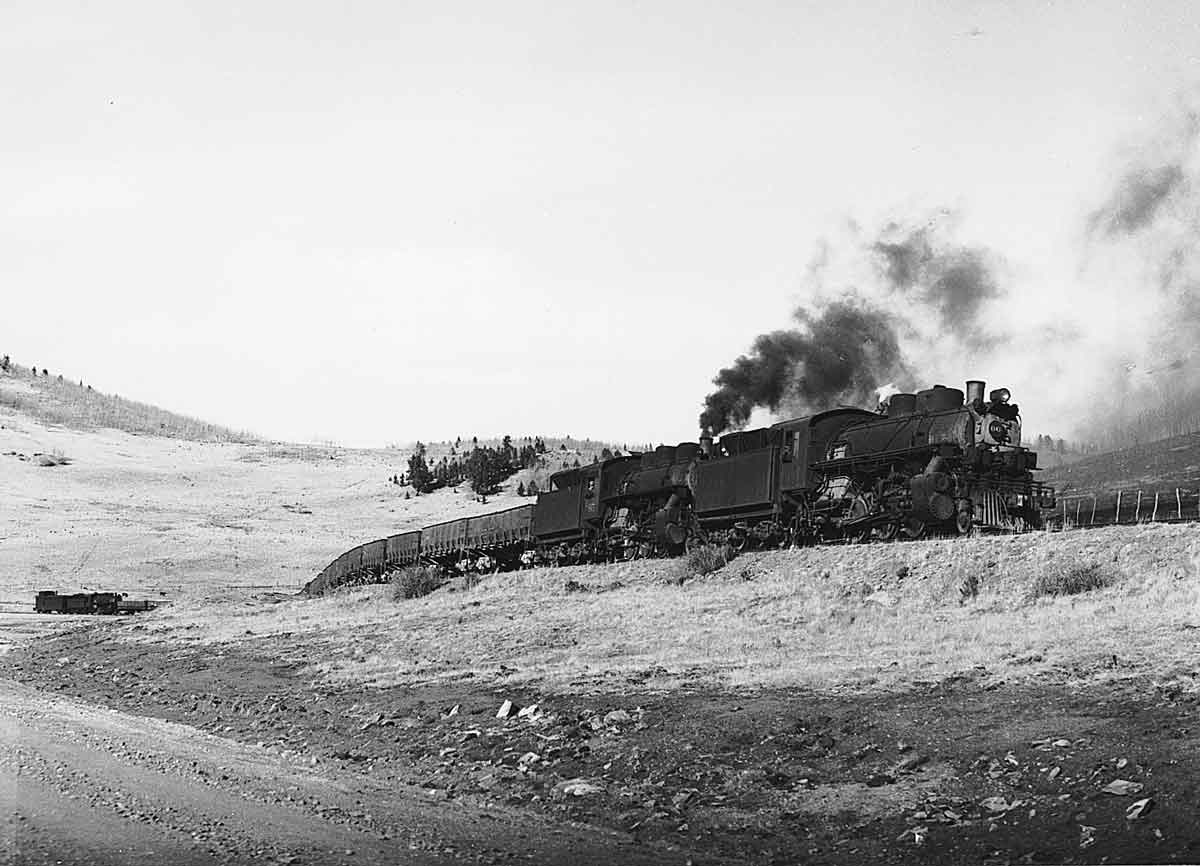

NickD
MegaDork
7/7/22 2:20 p.m.
Midland Terminal #65, one of the converted 2-6-0s, headed east near Woodland Park, Colorado in February of 1949, the same month and year that the Midland Terminal ceased operations. It's interesting that while #65 has the added lead truck and the extended coal bunker, it only has one air compressor on the front. Apparently the modifications were not a sweeping, across-the-board application performed at the same time.
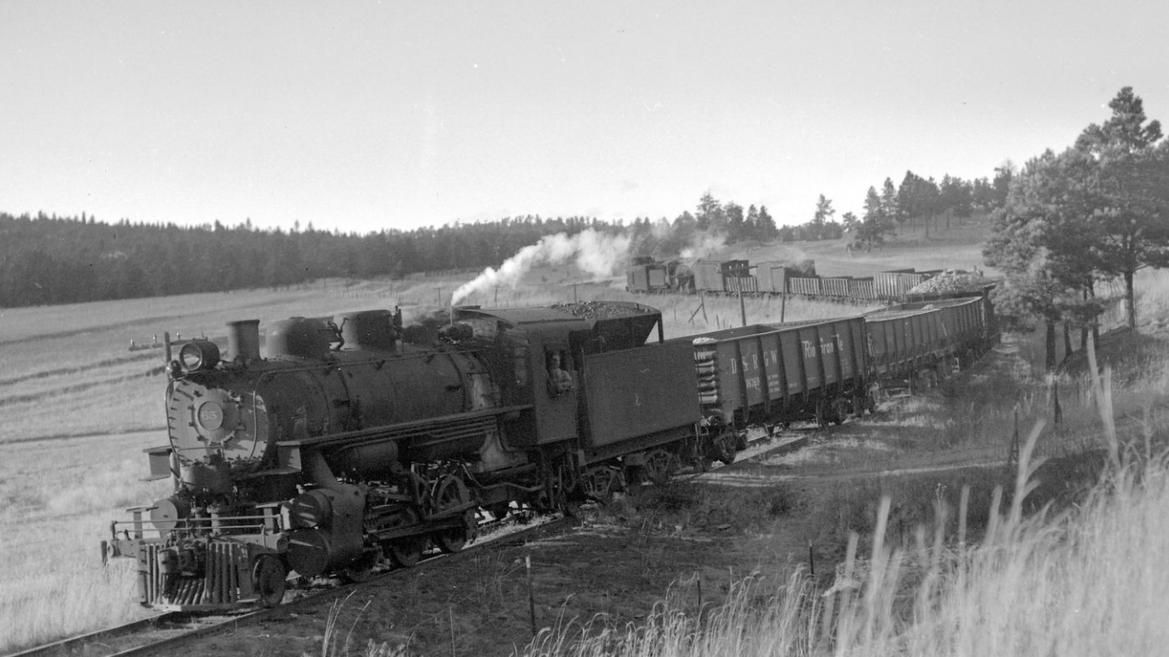

NickD
MegaDork
7/7/22 3:40 p.m.
Midland Terminal #64 at the Midland, Colorado water tower in January of 1949, one month before closing. The #64 has the twin air compressors on the pilot deck, unlike the #65, and the single oblong sand dome marks it as a Lima-produced engine, compared to the twin sand domes that the Alco-built engines used. The addition of the pilot truck certainly balances the design out, and for just a 2-6-0, it's a pretty husky-looking machine.
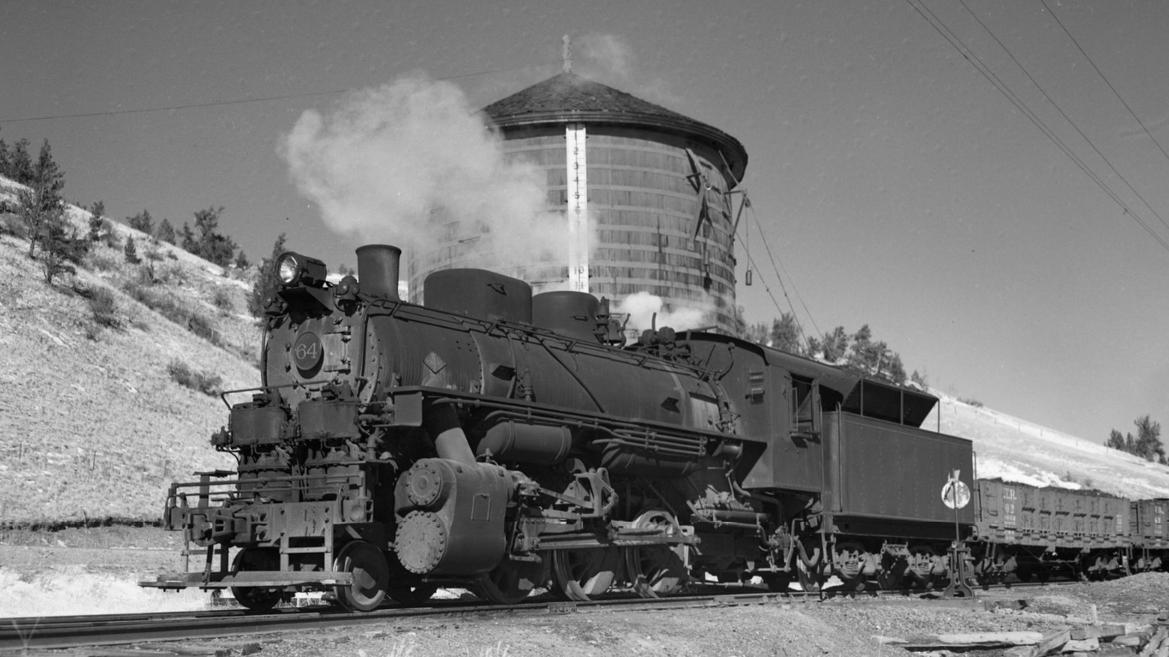

NickD
MegaDork
7/7/22 3:46 p.m.
Midland Terminal #64 leading a freight, with #65 cut in in the middle and #66 shoving on the rear.
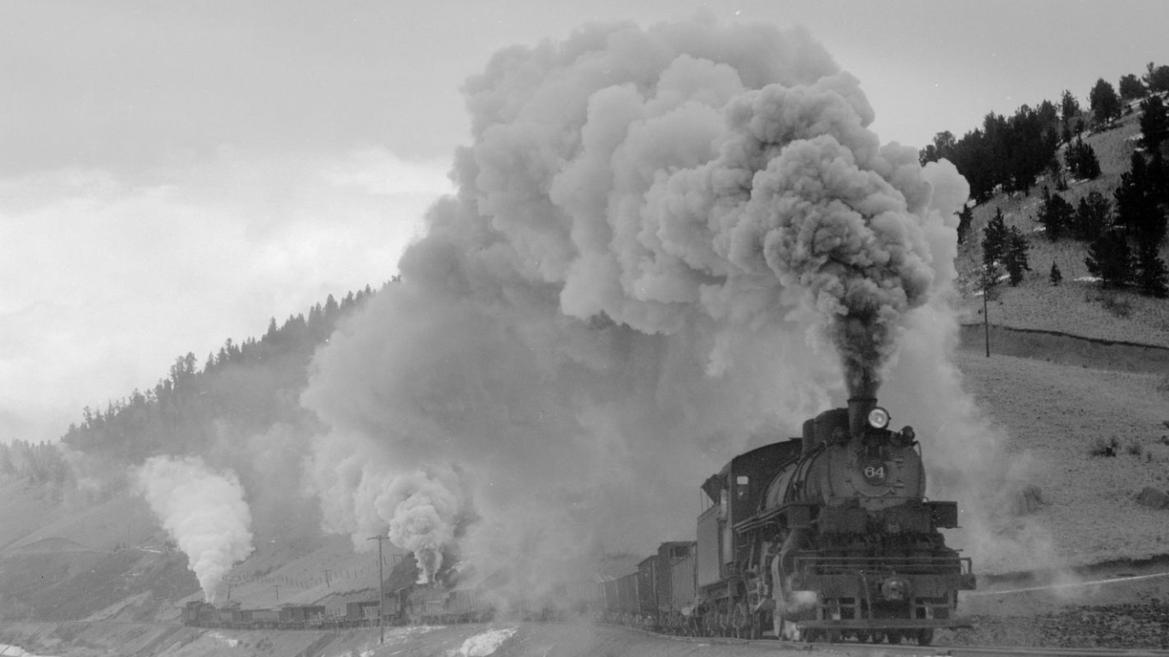

NickD
MegaDork
7/7/22 4:31 p.m.
That caboose is also an interesting piece of rolling stock. Almost looks like a boxcar that had a cupola grafted on.
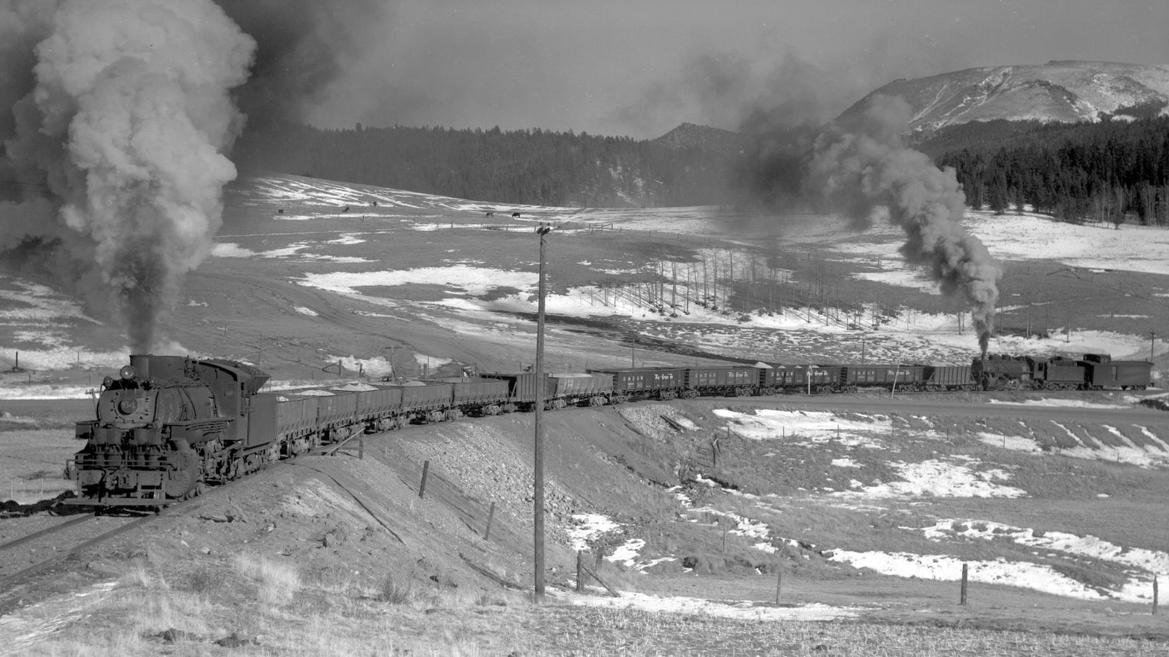

NickD
MegaDork
7/7/22 4:58 p.m.
Midland Terminal #66, also sporting the dual air pumps, with a modest 2-car train and #65.
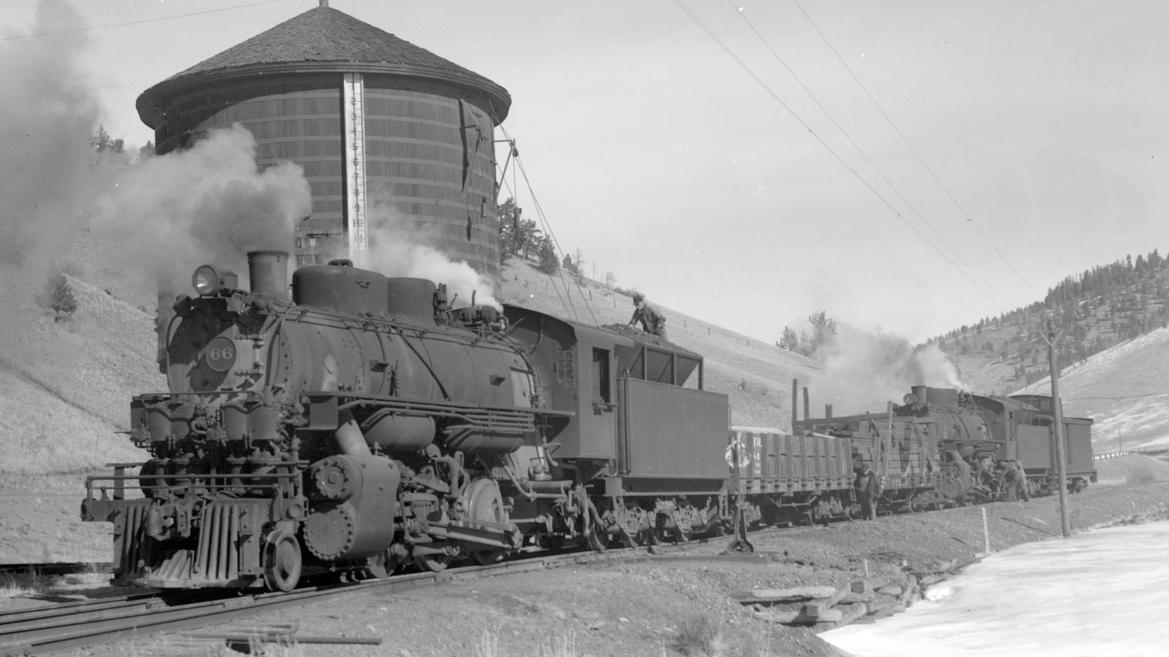

LS_BC8
New Reader
7/8/22 5:11 a.m.

NickD
MegaDork
7/8/22 9:06 a.m.
In reply to LS_BC8 :
Wow, not just footage of the Midland Terminal, but color footage. Considering it went out of business in 1949, was a relatively small and obscure railroad, and operated in remote territory, that's rare stuff.

NickD
MegaDork
7/8/22 1:27 p.m.
One of the Missouri Pacific's exceptionally good-looking Pacifics with what's either a mixed train or a mail train near Prescott, Arkansas.


NickD
MegaDork
7/8/22 1:33 p.m.
Missouri Pacific #6615 with The Southerner departing St. Louis. MoPac was the first railroad to adopt usage of the 4-6-2 wheel arrangement, and so that's where it got the Pacific name. They also owned what are widely considered some of the best-looking 4-6-2s around. #6615 has the same Elesco feedwater heater and Baldwin disc drivers on the main axle as the #6609, but has a slatted pilot compared to the cast-steel pilot with retractible coupler on the #6615.


NickD
MegaDork
7/8/22 1:36 p.m.
MP #6612 adds even more variety to the mix, with a slatted pilot that's different from the #6615's, a headlight that's mounted below center akin to a Southern Pacific engine, and spoked drive wheels on all three axles.


NickD
MegaDork
7/8/22 2:04 p.m.
MP #6625 at Omaha with The Sunflower


NickD
MegaDork
7/8/22 4:29 p.m.
A representative of the Missouri Pacific's rarely-seen BK-63 class Berskhire at St. Louis with an eastbound livestock train. Delivered in 1930 by Lima, these were of the 63" driver variety of Berkshires and toiled in relative obscurity. The only Berskhires that were more camera-shy were the exceptionally rare Richmond, Fredericksburg & Potomac 2-8-4s, of which I've only see one or two large, quality images and none of them were action shots.

During WWII, the BK-67s were "rebuilt" into N-74 Northerns, often referred to as "Victory Class" engines. I put the word rebuilt in quotation marks, because by all accounts, it was a case of jacking up the steam dome and constructing an entirely new locomotive underneath it to avoid War Production Board restrictions. Practically complete boilers were constructed at the Sedalia shops in addition to new cast-steel bed frames with integral cylinders, larger 75" driving wheels, roller bearings, new valve gear and rods, and larger tenders.


NickD
MegaDork
7/8/22 4:34 p.m.
N-74 Northern #2104 at the coal tipple at Eads, Colorado. Again, there's those slight differences in appearance, with the #2104 fitted with a cast-steel pilot versus the slatted pilot of #2105.


NickD
MegaDork
7/8/22 4:35 p.m.
MP #2112 near Boone, Colorado, with the head brakeman standing on the tender


NickD
MegaDork
7/8/22 4:38 p.m.
MP #2123 hurrying a freight along at Eads. The tank car behind the tender is likely being used for an auxiliary canteen. Missouri Pacific, along with subsidiary Texas & Pacific, and archrival Frisco were all heavy users of auxiliary canteens for the long runs across Texas.


NickD
MegaDork
7/8/22 4:45 p.m.
A very rare photo of MP 4-6-2 #6000, and under steam no less. #6000 was built during Alco's kick with three-cylinder Pacifics (they shockingly even sold a couple to L&N), and never performed as well as hoped, with excessive wear and tear on the center cylinders. Missouri Pacific used it sparingly, and then later on rebuilt it as a 2-cylinder engine with Franklin poppet valves. It was supposedly a very fast, powerful, nice-running engine after the rebuild into #6001, but was late enough in the era that Missouri Pacific wasn't interested in duplicating the experiment.










